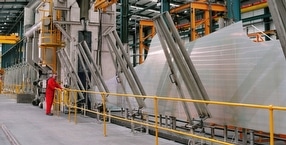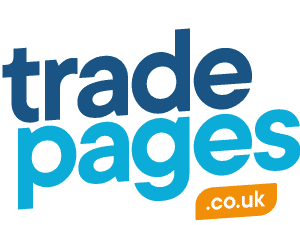
Curtiss-Wright Surface Technologies
Here at Curtiss-Wright Surface Technologies, we specialise in the protection of components from common failures and the reduction of maintenance costs across a range of …
More services from Curtiss-Wright Surface Technologies

Component Protection Problems We Solve
Curtiss-Wright Surface TechnologiesComponent failure is usually due to a sequence or combination of events which can initiate …

ENGINEERED COATING SERVICES
Curtiss-Wright Surface TechnologiesHere at Curtiss-Wright Surface Technologies, we specialise in the protection of components from common failures …

Shot Peen Forming
Curtiss-Wright Surface TechnologiesHere at Curtiss-Wright Surface Technologies, we specialise in the protection of components from common failures …

Thermal Plasma and HVOF Spray Coatings
Curtiss-Wright Surface TechnologiesHere at Curtiss-Wright Surface Technologies, we specialise in the protection of components from common failures …

Component Coating and Repair Repair
Curtiss-Wright Surface TechnologiesWe are specialists in the repair and refurbishment of gas turbines and compressor components such …
Laser Shock Peening
high cycle, low stress situations (HCF) in a deteriorating surface environment
erosion, strike damage, fretting and corrosion
Less cold work enables greater retention of residual compressive stress in high load and/or thermally challenging conditions
No process contaminationOriginal surface finish and topography easily maintained and controlled
Precision process and quality control
Laser peening process
An output beam, roughly 25 Joules at 18 nanoseconds from a Nd:glass laser is projected onto a work piece to induce a residual compressive stress. The area to be peened can be covered with material to act as an ablative layer and simultaneously as a thermal insulating layer, or peened directly onto the base metal which subsequently may require some form of surface removal of a few microns.
Laser peening of AI 6061-T6

